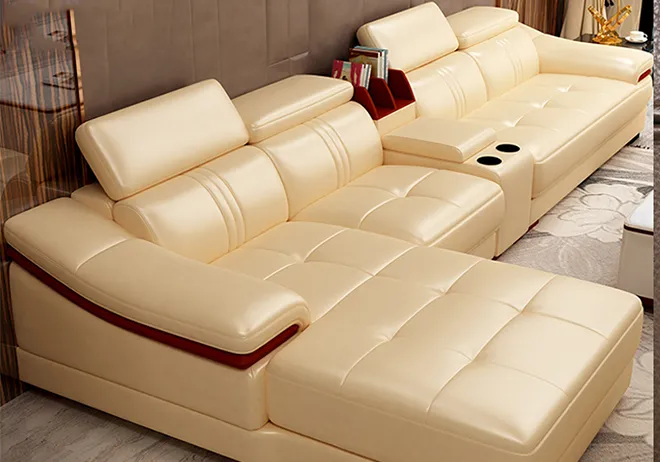harness sewing machine
Harness Sewing Machines A Comprehensive Guide
Harness sewing machines are specialized industrial tools designed primarily for the manufacturing of harnesses, straps, belts, and other similar products. These machines are essential in a range of industries, including automotive, aerospace, luggage, and equestrian. With their ability to handle heavy-duty materials like leather, nylon, and canvas, harness sewing machines play a crucial role in ensuring the durability and reliability of the finished products.
Historical Background
The origins of harness sewing machines can be traced back to the late 19th century when the demand for efficient production techniques grew in sectors involving textiles and leather goods. The first sewing machines simplified many of the labor-intensive processes involved in stitching, directly contributing to the mass production of harnesses used in horse-drawn carriages, which were the main mode of transportation at that time.
As technology progressed, harness sewing machines evolved to meet the needs of modern manufacturing. The introduction of various stitching techniques and advancements in machine design allowed manufacturers to produce high-quality harnesses at significantly lower costs.
Features of Harness Sewing Machines
Harness sewing machines boast several key features that cater specifically to the demands of heavy-duty sewing. Here are some essential aspects
1. Robust Construction These machines are built to endure the rigors of heavy materials. They typically have a solid metal frame, ensuring stability and reducing vibrations during operation.
2. Powerful Motor Harness sewing machines are equipped with strong motors capable of handling multiple layers of thick material. This capability enables the sewing of harnesses that often require reinforced stitching.
3. Specialized Feet The presser feet of harness sewing machines are specially designed to grip heavy materials firmly, preventing slippage and ensuring precise stitches. Options for different foot types allow for specialized applications, such as creating rounded edges or sewing through multiple layers.
4. Various Stitching Options Operators can choose from a variety of stitching patterns, allowing for customization according to the product requirements. Common stitches include straight, zigzag, and bar tacks, each serving distinct purposes in harness construction.
harness sewing machine

5. Adjustable Speed Settings The machines often come with adjustable speed controls, allowing operators to sew delicate or intricate components slowly and precisely while also providing the capability for faster operation on longer, straight seams.
6. Automatic Functions Many modern harness sewing machines include automatic features such as thread trimming, backstitching, and needle positioning, which enhance efficiency and reduce the manual workload on operators.
Applications in Various Industries
Harness sewing machines are employed in various sectors due to their versatility and efficiency.
- Automotive Industry Harnesses are used in car seats, safety belts, and various electronic systems. The need for reliability and safety has made the quality of stitching a critical concern, which harness sewing machines satisfactorily address.
- Aerospace In aviation, these machines manufacture harnesses for parachutes and aircraft seats, ensuring that they can handle significant stress and strain.
- Luggage and Apparel The fashion and luggage industries utilize harness sewing machines to produce durable belts, straps, and other accessories. The customization capabilities further allow designers to craft one-of-a-kind items.
- Equestrian Products Harnesses for horses and riders' equipment, such as saddles and bridles, are meticulously crafted using these machines. The quality of stitching is vital for safety and performance in this sector.
Conclusion
Harness sewing machines are invaluable tools that have stood the test of time, adapting to the evolving needs of the industries they serve. Whether in automotive, aerospace, fashion, or equestrian, these machines help produce high-quality, reliable products essential for safety and performance. As technology continues to advance, we can expect further enhancements in the functionality and capabilities of these machines, ensuring their relevance in modern manufacturing processes for years to come. Thus, investing in a quality harness sewing machine is a critical decision for any manufacturer aiming to produce durable and reliable harnesses efficiently.
-
Heavy Duty Leather Sewing Machine: A Must-Have for Professional LeatherworkNewsMay.28,2025
-
Leather Sewing Machine: Essential for High-Quality LeathercraftNewsMay.28,2025
-
Extra Heavy Duty Sewing Machine for Premium Leather ApplicationsNewsMay.28,2025
-
Walking Foot Cylinder Arm Sewing Machine: Precision and Power CombinedNewsMay.28,2025
-
Industrial Cylinder Arm Sewing Machine: Engineered for High-Performance StitchingNewsMay.28,2025
-
Cylinder Bed Sewing Machine: A Powerful Solution for Precision StitchingNewsMay.28,2025
-
Zigzag Sewing MachineNewsMay.12,2025





























